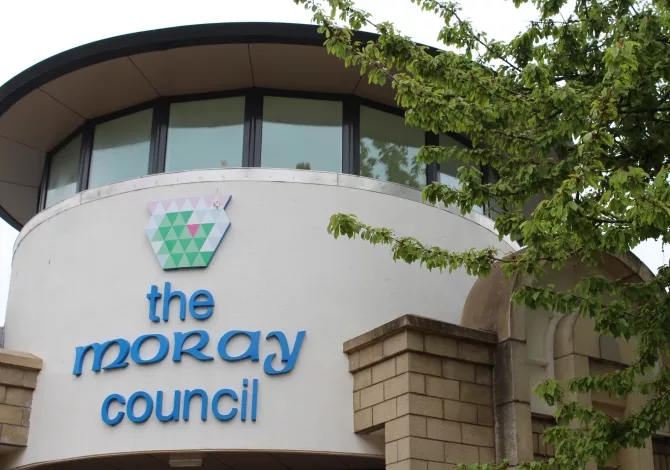Moray Council formally adopts Climate Change Strategy
An action plan to secure carbon neutral status for Moray Council has been approved.

The strategy and action plan follows the Climate Emergency declared in June 2019 and aims to make the council carbon neutral by 2030.
Actions include improving energy efficiency across the council’s estate to have all buildings operated and owned by the council – including schools - achieve a net zero carbon target by 2030. Increasing electric vehicle charging points, active travel and sustainability and recycling in schools also forms part of the aspirations.
A dedicated team will progress the work monitoring and reducing the carbon footprint from council buildings, vehicles and switching to renewable energy supplies. Climate change and biodiversity considerations will become standard in all future council reports and development masterplans, with the new team also tackling awareness raising and behavioural change in the community.
Councillor Louise Nicol, chair of the Climate Change working group, said: “It feels like this plan has been a long time coming, with covid delays setting us back initially.
“Having said that we’ve already seen a number of changes to council policies to reflect the climate change objectives so this final passing of the strategy will give us the impetus for even more change.
“We all have a responsibility for changing our own behaviour and influencing those around us. With the council now leading the charge by embedding active change to improve, and ultimately eradicate, our carbon emissions I hope to see communities follow that lead.
“This Climate Change Strategy is ambitious and aspirational, which is exactly where we need to be aiming if we’re serious about tackling the challenge ahead of us to benefit future generations.”
A number of changes have already been introduced within the council including: embedding the targets, aims and aspirations of the Climate Change Strategy within Moray Council’s Corporate Plan; making school meals more sustainable with a reduced carbon impact; identifying opportunities for food production, renewable energy and woodland planting; a policy on coastal change in Local Development Plan; additional guidance on sustainable design and construction; a Planning Condition introduced for developers to report on their actions to reduce carbon emissions from building stage to completed development.








